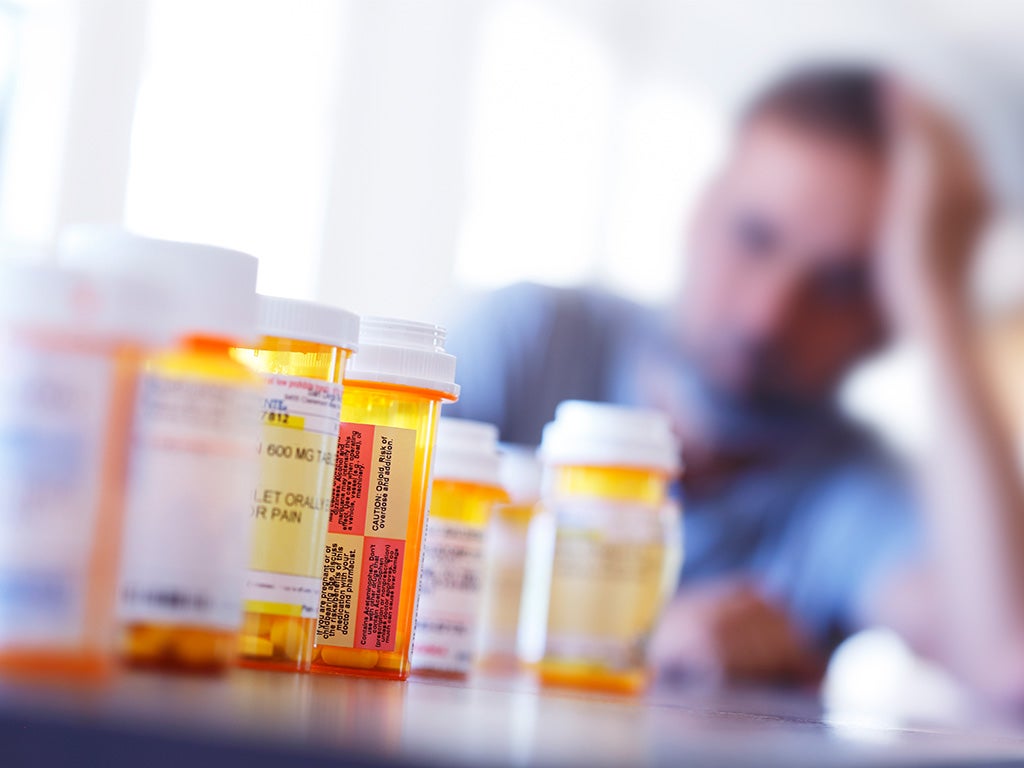India is grappling with a largely invisible epidemic of drug addiction, with an estimated 2–3% of the population addicted to substances like opioids and cannabis, according to a new study released by the All India Institute of Medical Sciences (AIIMS). Even more alarming, nearly 90% of those affected are not receiving any form of treatment or support.
The data, part of a nationwide effort to quantify the burden of substance use disorders, presents a sobering picture of the country’s addiction landscape. Rural populations, prison inmates, and undertrial detainees were found to be especially vulnerable, and experts warn that without a coordinated national response, the crisis may soon overwhelm both the public health and criminal justice systems.
Widespread Addiction, Limited Care
The AIIMS report, compiled by the National Drug Dependence Treatment Centre (NDDTC), estimates that millions of Indians—particularly in under-resourced areas—are caught in cycles of drug use with little to no access to rehabilitation or counseling. Opioids, including heroin and synthetic drugs, along with cannabis, were cited as the most abused substances.
“These are not just numbers. Behind each case is a human being in distress—often isolated, stigmatized, and ignored,” said Dr. Atul Ambekar, a leading psychiatrist at AIIMS and a co-author of the study. “The fact that nearly 9 out of 10 people suffering from addiction are untreated reflects a severe failure of our healthcare infrastructure.”
The Rural and Prison Pipeline
The report found rural India bearing a disproportionate burden, where stigma and lack of mental health services leave most addicts untreated. Compounding the crisis, addiction among prison populations is soaring. AIIMS estimates that over 15,000 inmates in just 50 Indian jails are undergoing treatment—largely due to targeted programs like Mission Prayas and Maharashtra’s Galabhet scheme.
“These initiatives show promise but remain patchwork solutions,” said Dr. S.K. Singh, a senior researcher at NDDTC. “We need scalable models that address both prevention and treatment—particularly in prisons, which often become hubs of drug trafficking and use.”
Telehealth as a Lifeline
The Tele-MANAS mental health helpline launched by the Ministry of Health was highlighted as a potential game-changer. Launched in October 2022, the service aims to offer anonymous, round-the-clock teleconsultation for mental health issues—including substance use disorders. Yet uptake has been slow due to lack of awareness and digital access barriers.
AIIMS experts recommend integrating addiction counseling into primary health services and expanding telemedicine outreach to rural areas. They also urge a focused public health campaign to normalize seeking help for substance abuse.
Prevention Starts at School and Home
In addition to treatment, the study emphasizes the need for early prevention—starting with schools and families. AIIMS has advocated for life skills education to be part of school curricula, aimed at helping children identify peer pressure, cope with trauma, and recognize early signs of substance use.
The issue is not gender-neutral either. Separate data compiled alongside the report shows a rising trend in substance use among women—often hidden due to cultural stigma.
From Struggle to Recovery: A Survivor’s Story
The report also highlights voices of resilience. One testimonial featured in the study tells of a 27-year-old man from Maharashtra who overcame opioid addiction and went on to complete an Ironman triathlon. “Treatment saved my life. But I was lucky—I could afford help,” he shared.
His story, doctors say, underscores the transformative impact of access and support—and the devastating consequences of their absence.
As India’s addiction crisis deepens, the country stands at a crossroads. With millions silently suffering and existing healthcare systems ill-equipped to cope, the AIIMS study is a clarion call for urgent, systemic reform.
If left unaddressed, experts warn, the societal costs—from lost productivity to prison overcrowding and intergenerational trauma—will be staggering.


